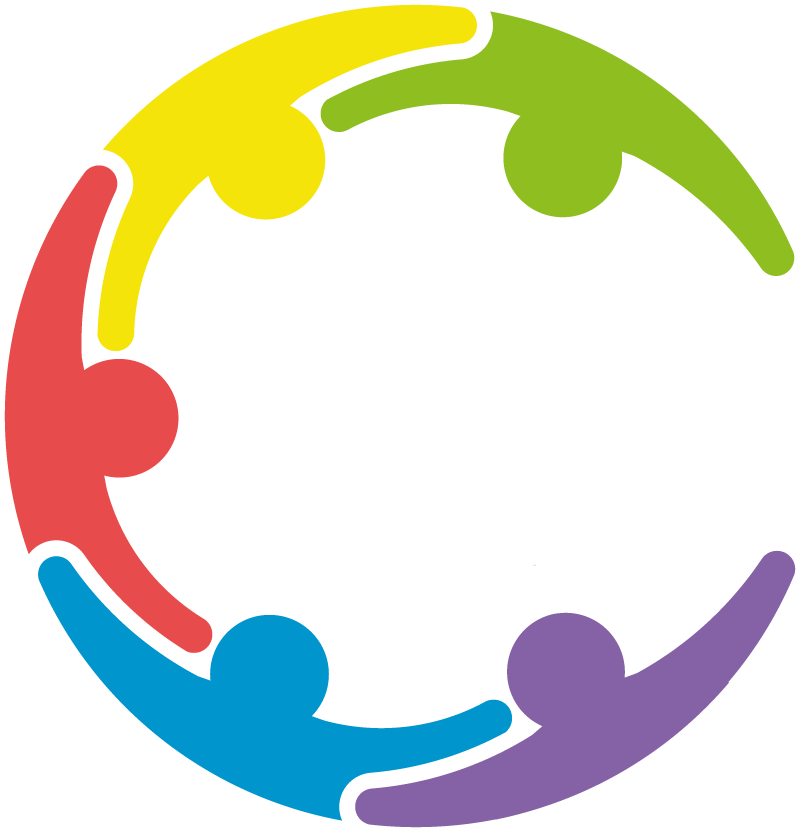Glossary of terms
AAC
Augmentative and alternative communication – see leaflet
Alexithymia
A term used to describe difficulty identifying and describing ones own emotions
Allistic
this is a term used by some to refer to someone who is not autistic rather than using the term neurotypical. it is another way of saying non-autistic
Analytic language processor
this is someone who learns language in stages from single words to two words together to developing grammar in phrases and sentences. They learn language in stages and tune into single words.
Burnout
a state of emotional and physical exhaustion following long term stress
coregulation
this is when the adult maintains a warm, calm approach whilst modelling emotional regulation strategies. It is about the connection, trust and empathy following a child’s emotional response.
Double empathy problem
A theory that helps to describe what happens when autistic and non-autistic people struggle to understand each other which was developed by Dr Damian Milton.
Dysregulated
when someone is not feeling in a calm and stable mood, and is instead feeling worried, anxious or overwhelmed
Echolalic
this is repetition of the speech a child has heard. It can be delayed echolalia or immediate echolalia
Emotional regulation
This is the ability to manage emotions in a given situation.
Executive function
relates to thinking processes needing for planning, organising, controlling impulses, problem solving and recalling information in the short term.
Gestalt language processor
This is someone who learns language in chunks rather than single words and hears the melody of language. Echolalia (see above) is an essential part of gestalt learners language development.
hyperfocus
keep sustained attention without stopping or having a break on a certain activity.
Intonation
Intonation is what makes the melody or rhythm of our speech. It is the way the sound of the voice changes by rising and falling in pitch whilst someone is speaking; especially when this has an effect on the meaning of what is said. An example of intonation is when we raise our voice at the end of the sentence when asking a question.
Masking
Masking is the act of camouflaging to ‘hide’ their natural responses to situations or circumstances to fit and blend in
Neurodivergent
This is a broad umbrella term which refers to individuals who’s brains are thought of as diverging from the norm. This includes autism, adhd and dyslexia. See leaflet for more information
Neurodiverse
A group of people is neurodiverse if one or more members of the group are different from other members of the group in terms of the way their brain functions
Neurodiversity
This is the diversity of human minds and the concept that all brains are different. It refers to all humans and does not refer to individuals (see neurodiversity leaflet)
Neurodiversity movement
This is a social justic movement that seeks civil rights, equality, respect and full societal inclusion for the neurodivergent
Neurodiversity paradigm
This is the philosophical foundation for the neurodiversity movement.
Neurotype
This comes from combining the words neuro meaning brain and type which is used to describe different types of brains
Neurotypical
This refers to having a cognitive style which fits within what society understands as ‘normal’. It is the opposite of neurodivergent
PODD
Pragmatic organisation dymanic display is a communication system created by Gayle Porter which uses pragmatic pathways to navigate around a communication book or app
processing
our brain receives, stores and responds to information that can relate to sound, vision and language
self regulation
This is the use of strategies to manage our emotions in a given situation.
stimming
repetitive sounds or actions that provides sensory input that is needed to support emotional regulation
survivial responses
These are the stress responses to situations and include fight, flight, freeze and fawn.
Transitions
This is when there is a change from one thing to another such as from one activity to another or from a year group to another.

